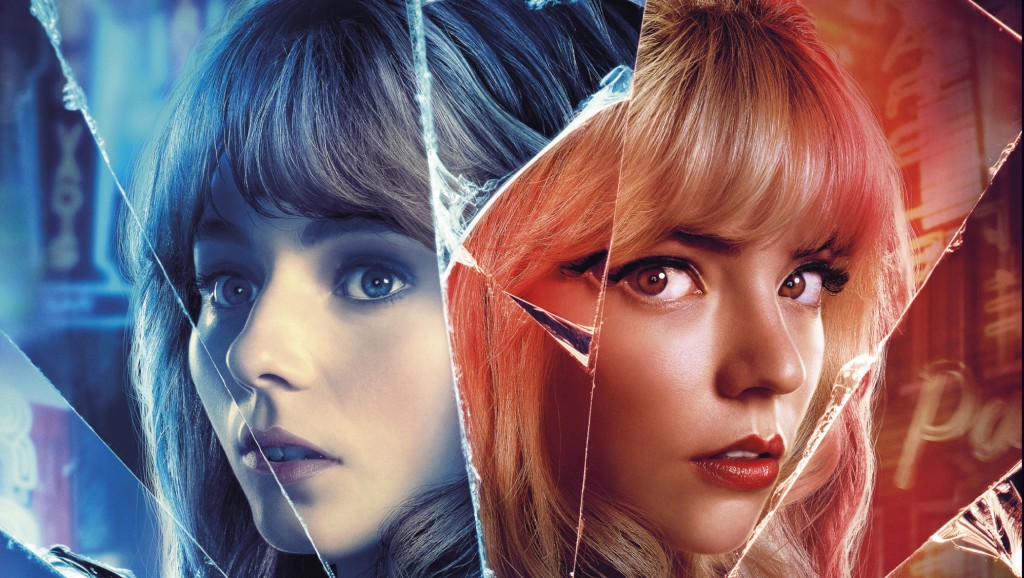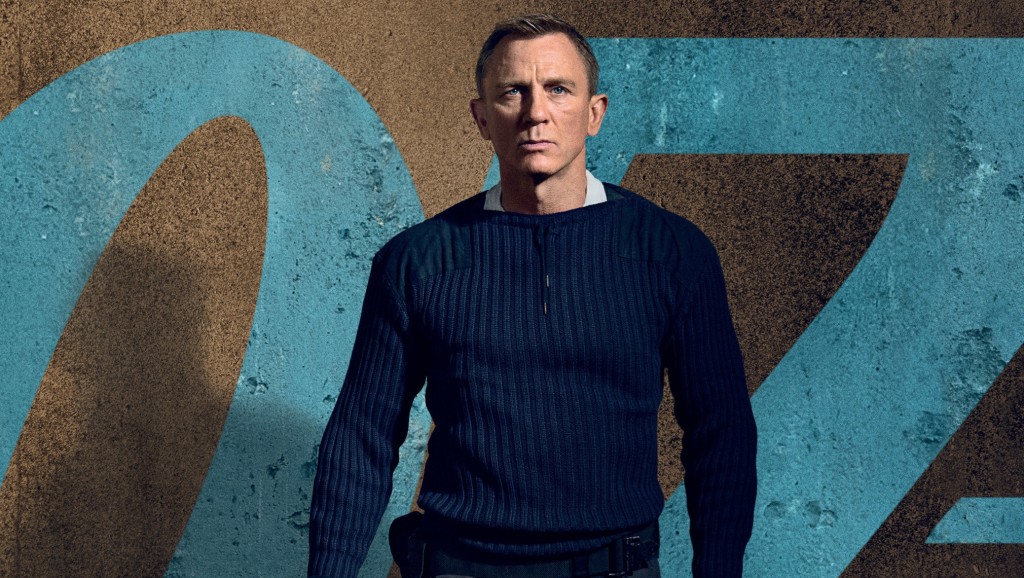WARNING: CONTAINS LIGHT SPOILERS TO THE MULTIVERSE OF MADNESS AND WANDAVISION
Here’s an inescapable truth – we’re living in the age of the multiverse. For all its potential, it presents a whirlwind of infinite possibilities. The bigger the scale, the more worlds there are to explore. After the recent exploits of Loki and Spider-Man: No Way Home, it comes as no surprise that the MCU would wade deeper into that vast pool.
The twenty-eighth Marvel film – Doctor Strange in the Multiverse of Madness – sees Benedict Cumberbatch reprise his role as Stephen Strange – the former neurosurgeon who masters the mystic arts and becomes a God among men. His penchant for egotistical arrogance and control has made him a curious Avenger, someone whose morality is not wholly tied with the ethics of always doing the right thing, but the dark grey areas of his personality where chaos and recklessness unfold.
It’s perhaps why I’ve always felt indifferent to the character. The Strange films have been strange – and it’s not because of the character’s value or merit. For all its depth and qualities as a sorcerer supreme (in comparison to the self-built, genetically altered or a Nordic God origin stories), there is a rightful disconnect from the other MCU films, yet the franchise hasn’t quite found its feet on how to establish Strange and his fantastical range of magical powers. His first outing – the Scott Derrickson film – was a solid, mid-tier MCU introduction. The resonating themes of power and the hypocrisy of control (which should have made a larger impact) are buried underneath the superficial character depth (including the severe underuse of Rachel McAdams), as well as entombed in an Iron Man-lite shell (although if you want an alternative view on Doctor Strange, I recommend Empire’s Contributing Editor Amon Warmann’s brilliant article). Notable strides were made in Avengers: Infinity War, Avengers: Endgame and Spider-Man: No Way Home, where his bit-part inclusion had a specific cause – either calculating the infinite ways in which Thanos can be defeated or trying to help a teenage boy live a normal life with a spell to forget his secret identity. Marvel’s What If came the closest to realising that potential, a multiverse version of Strange so consumed with fixing everything that eventually cost him his entire reality. But as Mordo (Chiwetel Ejiofor) once said, I guess I’m still waiting for the moment when “the bill comes due.”

Coming into the sequel, expectations are naturally high. Following in the many multiversal examples out there in the market such as Spider-Man: Into the Spiderverse, Spider-Man: No Way Home and the brilliant Everything Everywhere All at Once, the bar has been raised and phase 4 of the MCU is essentially playing catch up.
To give Phase 4 credit (although a lot has been made online about its shortcomings so far), one aspect that has been striking is its auteurism. Marvel have been accused many times in the past about its formulaic tendencies, using the same brush in its cinematic palette to paint its villains, its visual composition, and its episodic style narrative with the same tone. The first Doctor Strange film is guilty of this despite some prominent takeaways. But contextually, phase 4 has felt different, leaning more into the artistry and vision of its directors, and taking a few risks with its material. That essence immediately challenges what audiences are used to, reflective of the juggernaut culture they’ve set standards to. But with that Endgame money running through their veins, the MCU are entitled to do whatever they want, and however flawed its result (not helped by the shifting disruption of the pandemic), the unique stamp placed by Chloe Zhao’s Eternals, Cate Shortland’s Black Widow or Destin Daniel Cretton’s Shang-Chi is undeniable.
Sam Raimi is no exception – Doctor Strange in the Multiverse of Madness has his fingerprints all over it. Possessing the nostalgic pulp of early 2000s Raimi operating at the peak of his powers with Spider-Man, it features vivid colours, stylistic scene transitions and playful aesthetics lifted from the silver age of comics. The mild jump scares, the zombified action, and the ethereal camera movements tap into Raimi’s affectionate love of horror. Reuniting with composer Danny Elfman brings a distinctive orchestral flavour to the score, which imbues magical adventurism with a hardcore rock edge. And in the grand scale of the multiverse, the story is surprisingly small – a reminder that not everything needs to be a grand, sandbox adventure with endless cameos. On the surface, Multiverse of Madness is a notable step up from the first film. But the momentum doesn’t hold throughout.
Picking up after the events of No Way Home and WandaVision (which is essential viewing), the Michael Waldron-penned script re-introduces Stephen Strange but not as we quite know him. The Spanish speaking variant is accompanied by MCU newcomer and multiverse jumper America Chavez (Xochitl Gomez) as they race to collect The Book of Vishanti. Their attempts are thwarted by Gargantos – cycloptic interdimensional octopus conjured up by the dark arts to steal America’s powers, and before variant Stephen can make the difficult choice, he is killed in action. Awakening from his nightmarish dream, Strange attends Christine Palmer’s (Rachel McAdams) wedding. Strange may have saved the world from Thanos but as his rival Dr. Nic West (Michael Stuhlbarg) points out, it didn’t get him the girl. Reflecting on the ‘what if’ on their relationship, Strange is quickly called into action when he realises the magnitude of his dreams.
The plot finds itself level pegging with the first film where again the desecration of power and authority is called into question. Here, it is Wanda who seeks those answers, possessed by the Darkhold in a quest of finding her children, Billy (Julian Hilliard) and Tommy (Jett Klyne). And like Mad Mikkelsen’s Kaecilius in the first film, their characters are beset with tragedy, which, in turn, amplifies their pursuit for personal healing.

It sets up an intriguing battle that moves beyond the simple pretence of Avenger vs Avenger. Examining the morals of power and how it is wielded, Wanda is willing to burn reality no matter the cost. Strange – the ‘hero’ is its designated protector. At one point, before Wanda slips her guard to reveal her true intentions, Strange dismisses Wanda’s grieving mistake at Westview, suggesting this mission will put her back on the lunchbox. However naïve that thought, their parallel journey into the multiverse sets up an emotional descent within themselves, characters who have sacrificed themselves for the greater good for such little reward. Like the essence of Marvel’s What If, they’re paralysed, rooted in time by personal moments they can’t move on from. But as the film evolves, those threads are not done with any justice.
It’s strange considering how much Raimi’s pre-Disney direction is anchored by the weight of its characters, a feeling instantly recognisable to those who follow his work. You can’t watch Spider-Man 2 for instance without feeling the moral dichotomy instilled within by Doctor Octavius (Alfred Molina), one of the rare examples where emotional empathy and villainy co-exist without feeling superficial. To an extent, the arcs in Multiverse of Madness doesn’t feel too dissimilar from Spider-Man 2. But the issue is not the merit or intention of the story. Its efforts are commendable. Wanda’s unhinged downturn into villainous status (even if it does reek of Daenerys Targaryen) is a warranted choice considering how much WandaVision lets her actions off the hook for holding an entire town captive to re-enact her TV fantasies. It’s the execution that’s at fault. Operating at breakneck speed and one-note tonal pacing, Waldron’s script doesn’t allow for these moments to breathe. Burdened by layers of exposition in a rushed race towards the finish line, Wanda’s dramatic shift or releasing Chavez from McGuffin duties, their exploits are never explored to greater detail. Even the speculated cameos are treated more as wish fulfilling fan service than serving the greater purpose of the plot.
And that off-kilter balance affects how Strange goes about resolving the chaos, tame and hollow as far as accountability and consequence lies. Strange does things he shouldn’t be doing, even warned about the power it possesses, yet the story decides to look the other way, maintaining the gloss of a hero instead of the complicated God that both solo films refuse to entertain.
But ultimately, the sequel comes at a time where it has been done before and better. Spider-Man: Into the Spiderverse, Spider-Man: No Way Home and Everything Everywhere All at Once are widely different from each other (both in themes and execution styles), but the satisfaction is the tighter control over its story that doesn’t crumble under the weight of its own expectation. No Way Home explores brotherhood in which Peter Parker (Tom Holland) finally understood what it means “with great power, comes great responsibility”. Spiderverse celebrated the history of Spider-Man with the euphoric proclamation that anyone can be the web-slinging hero as it ushered in Miles Morales. Everything Everywhere’s acclamation is through the lens of generational trauma and family expectations in repairing a mother/daughter relationship. Meanwhile, Multiverse of Madness is surprisingly lightweight. In a battle of two conventions between inventiveness and the familiar MCU trait, it plays safe knowing it’s another cog in the gigantic wheel. And when these elements are at odds with each other, then it falls short of its potential.
On the positive, the star of the show belongs to Elizabeth Olsen. Tailor-made for Raimi’s horror antics, she imbues the terror and fearful magnitude of power that re-confirms what every MCU fan knows – she’s the most powerful Avenger. Part of the appeal comes from her multifaceted performance, displaying the full, nuanced range of her capabilities whilst having the greatest fun at the same time. Cumberbatch’s rapport with Benedict Wong goes from strength to strength while newcomer Gomez brings radiant energy to the film as Chavez.
Doctor Strange enters the multiverse full of dazzling concepts and missed opportunities. Just like its predecessor, it sits comfortably as a mid-tier addition, but perhaps in another multiverse, we would have gotten something a little better.





Don’t Be Shy – Leave a Reply